Panier
Close
- No products in the cart.
Sous total (Hors frais de livraison)
0,00€
Payer
Expédition et livraison
Réparation et maintenance
If you already practice a water sport like windsurfing, wing foiling, kite foiling or perhaps surf foiling, you’ve probably heard of wind foiling: a variant of windsurfing where the main objective is to glide over the water thanks to a foil, offering a sensation of flight. Windfoil is a less physical discipline than windsurfing, provided, of course, that you have mastered it to some degree.
Did you know that this discipline has been around since the 1980s? Back then, the first foil tests were already inspired by the hydrofoil principle. Since then, development has been meteoric, and today leading brands offer a wide range of products dedicated to this sport.
Having become an Olympic discipline at the Paris 2024 Olympics (IQfoil), windfoil is now attracting a growing number of practitioners in France, from Leucate to Brittany, and around the world. Windsurfing is getting a facelift! Navigation becomes aerial and ultra-fluid.
The wind foil allows you to sail even, and especially, when conditions are light. Planing can start from 8 to 10 knots, i.e. in low wind ranges. It’s the perfect support for freeride sessions, at sea or on a lake. Thanks to the rigid foil construction, the board takes off early, giving the rider an ultra-fluid gliding sensation. All this with less strain on the body than with conventional windsurfing, as efforts are better distributed between arms, legs and rigging.
This discipline is suitable for light profiles as well as heavier riders, as long as you choose the right size for the front wing and foil. A wider-span foil makes it easier to take off, fly and control. For greater performance, you can opt for a smaller model, which will be more responsive and faster.
The foil is a piece of equipment installed in the board’s housing, under the hull, so it’s partly submerged. It generally consists of four components: a mast (aluminum or carbon), a fuselage, a front wing to suit your size and a stabilizer. The whole assembly is designed to promote lift and allow progressive take-off. So you can stay above the water for a long time, with as little drag as possible.
The front-to-back position of the body plays an essential role in controlling the incidence of the foil. To take off and maintain stable flight over the water, it is necessary to distribute your weight in relation to the foil’s center of thrust. Boards specifically designed for wind foiling offer greater comfort and facilitate this balance, while allowing easy performance on a wide variety of spots.
In windsurfing, an upright posture is essential. With wind foils, this is even truer: you need to adopt an upright position, with your feet flat on the board to maximize stability. Once the foil has taken off and you’re airborne, you can start to play with heel. Note: for the first few sessions, it’s not essential to wedge the rear foot directly into the strap. Take your time to find your balance.
For beginners, we recommend a board that’s necessarily stable and wide enough at the rear, such as the AHD Compact Foil in PVC sandwich carbon construction (see our online shop). This type of board facilitates flight and forgives support errors. A large board is also a must for windfoilers: it’ll allow you to pull the sail up easily and set off on the plan, even in light winds. As for foostraps, don’t forget them, as they’ll help you control your board better once in the air.
An evolutionary foil with a long fuselage and rigid mast is recommended. As far as the wings (front wing and stab) are concerned, you’ll be able to descend to the surface as you progress, without having to change all your equipment. The TBar combo (mast + fuselage) is now widespread. The choice of material is crucial: a carbon foil offers greater rigidity and responsiveness than an aluminum model, but at a higher price.
Front wing: the thicker the profile, the greater the surface area and the wider the span, the more lift it generates. This gives your foil greater stability, making it easier to take off at low speed – ideal for your first steps. You’ll then be able to glide steadily over the water with complete confidence.
Aile avant : plus le profil est épais, plus la surface est importante et plus l’envergure est grande, plus la portance est importante. Cela confère à votre foil une plus grande stabilité, facilitant le décollage à faible vitesse, idéal pour vos premiers pas. Vous pourrez alors glisser régulièrement sur l’eau en toute confiance.
Mast: it must be well designed and necessarily reinforced for windfoil use. A wingfoil (or kitefoil) mast would be too fragile and could break at the board housing. The size of the mast depends mainly on the depth of water at the chosen spot. But for beginners, we recommend a height of less than 100 cm. This will reduce the number of falls in the event of touchdowns, and limit their height during the first sessions, which are inevitable when windfoiling for the first time. Soon afterwards, we’ll be switching to a longer mast, which will allow us to avoid touching the surface of the water at all. In addition to guaranteeing greater stability when planing, a long mast will allow you to take a better angle without the board’s rails grazing the water; especially during upwind phases, and for optimal practice.
Fuselage: for windfoil beginners, a long fuselage is recommended, for easier take-off and longer flight. Whereas a shorter fuselage is an advantage for transitions.
In windfoil, especially when you’re just starting out, rig a smaller sail than you normally use for your funboard sessions, i.e. about 2 m² less. For example, if you were planning to sail a 7 m² sail today, choose a 5 m² (or 5.3 m²) sail for the same session. On the other hand, choose a sail without cambers to make learning easier (you’ll be able to take a sail with cambers later). The power of the foil often makes larger sails difficult to handle, both for tucking in and for jibing. Even with a smaller sail, you’ll normally have enough power. Finally, since you’ll be riding with little sail area at first, don’t hesitate to put some hollow in the sail. This will allow you to pump more easily, and generate power to take off from the water’s surface on the first few flights.
Read the full article on windfoil sails here.
When you start a new board sport with hydrofoils, make sure you have a helmet and an impact vest in case of impact with your foil or board. Because it cuts, and you’ll be knocked off your feet! Neoprene wetsuits and booties are also recommended for added safety.
The position of the footstraps depends on the rider’s weight and riding style. A lighter rider will tend to position himself further forward on the foil. A heavier rider will be further back. On the AHD Compact Foil board, for example, we recommend positioning the rear foot on the third hole (from the rear) for an 80 kg rider. But in the end, it all depends on the stance (general rider position) we’re used to.
When it comes to harness lines, you have two options: short lines for relaxed sailing, or long lines (up to 40 cm) for slalom foiling, which allow you to hang on to the rig and give you more control. Tip: move your harness ends forward so you can sail slightly open and avoid being thrown off in an ill-timed riser (i.e. closer to the front hand than the back hand).
To get the most out of your windfoil experience, consider using angle shims to adjust foil trim and boost!
If you want to go even faster in windfoil, find here the replay of a live where we go into detail on several subjects.
With a set of screws and the appropriate wrench, all that’s left to do is attach your foil to the board, rig your sail, put on your helmet and impact vest…and off you go for your first windfoil sessions! Don’t forget to invest in a board cover and a pro foil bag to protect your equipment.
Click & Collect
Secure payment in 3 or 4 instalments
Advice from enthusiasts
Satisfied or your money back
2 to 3 years warranty
Worldwide delivery
Votre emplacement actuel et les langues disponibles
Your current location and available languages
Build your complete foil equipment according to your practice and objectives.
Answer a few quick questions and get a suggestion.
Compare up to three stabilizers side by side.
Coming soon...
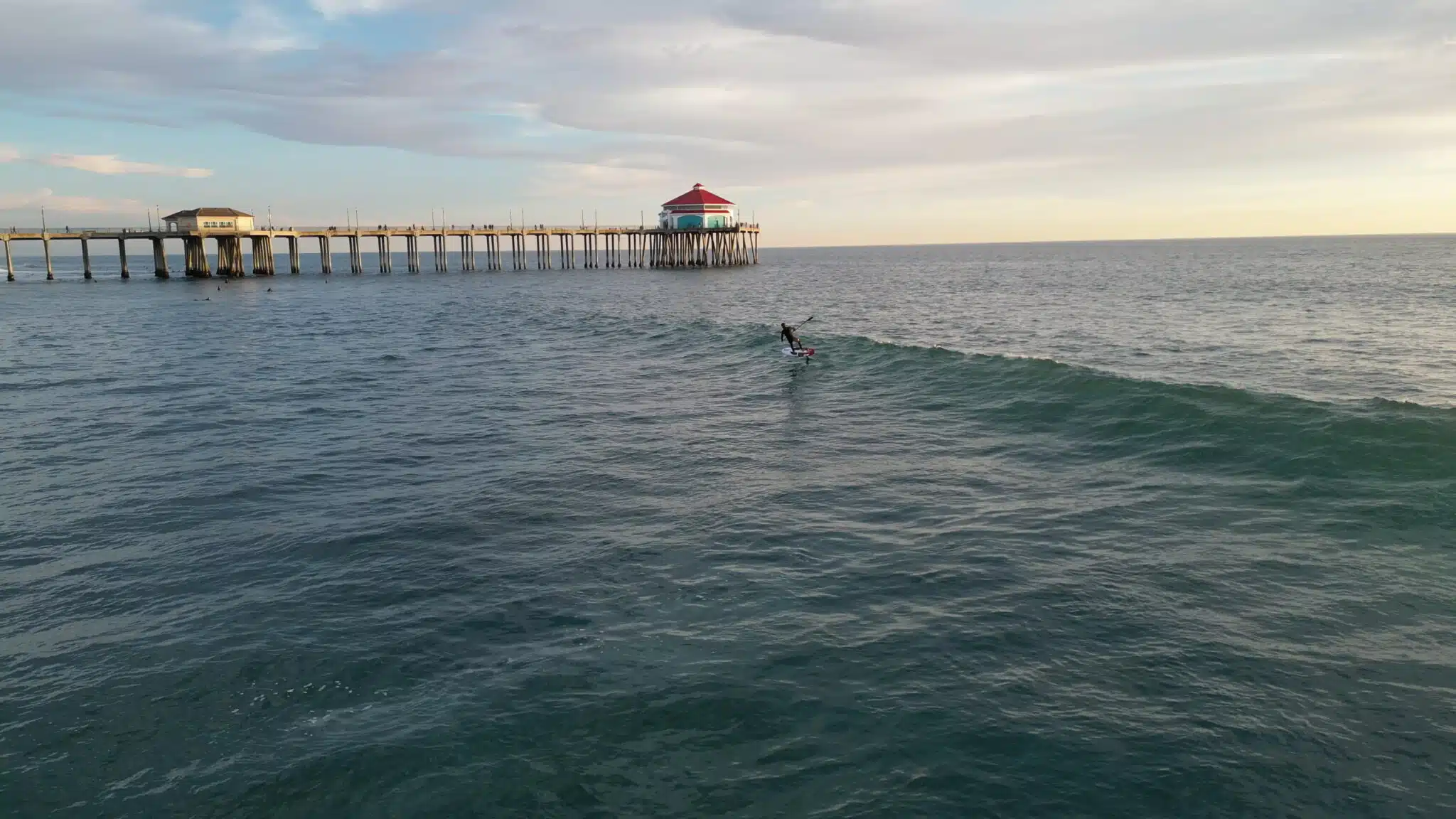
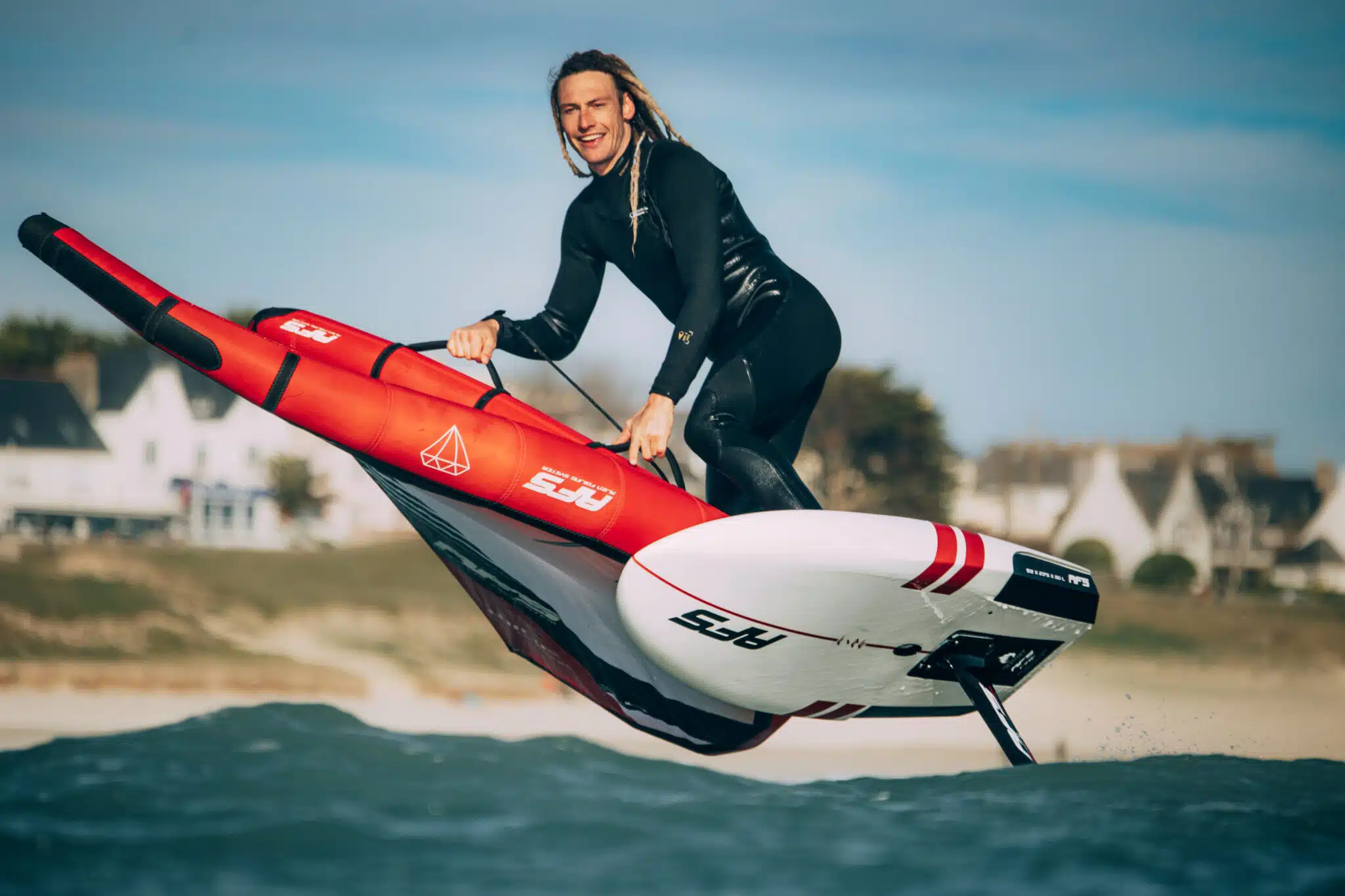

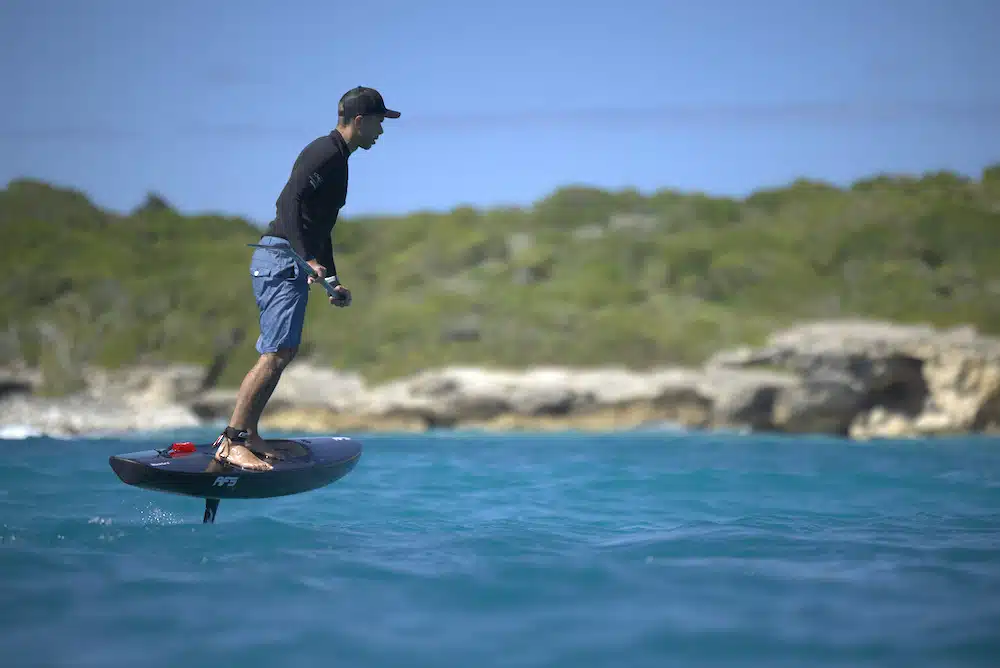
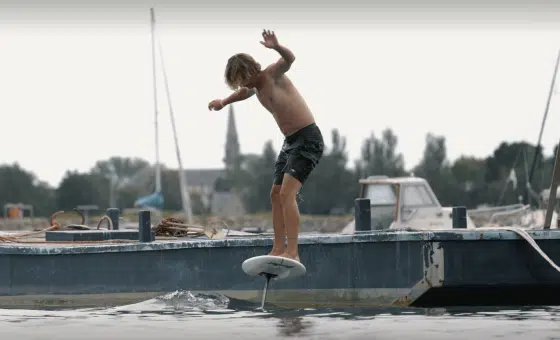
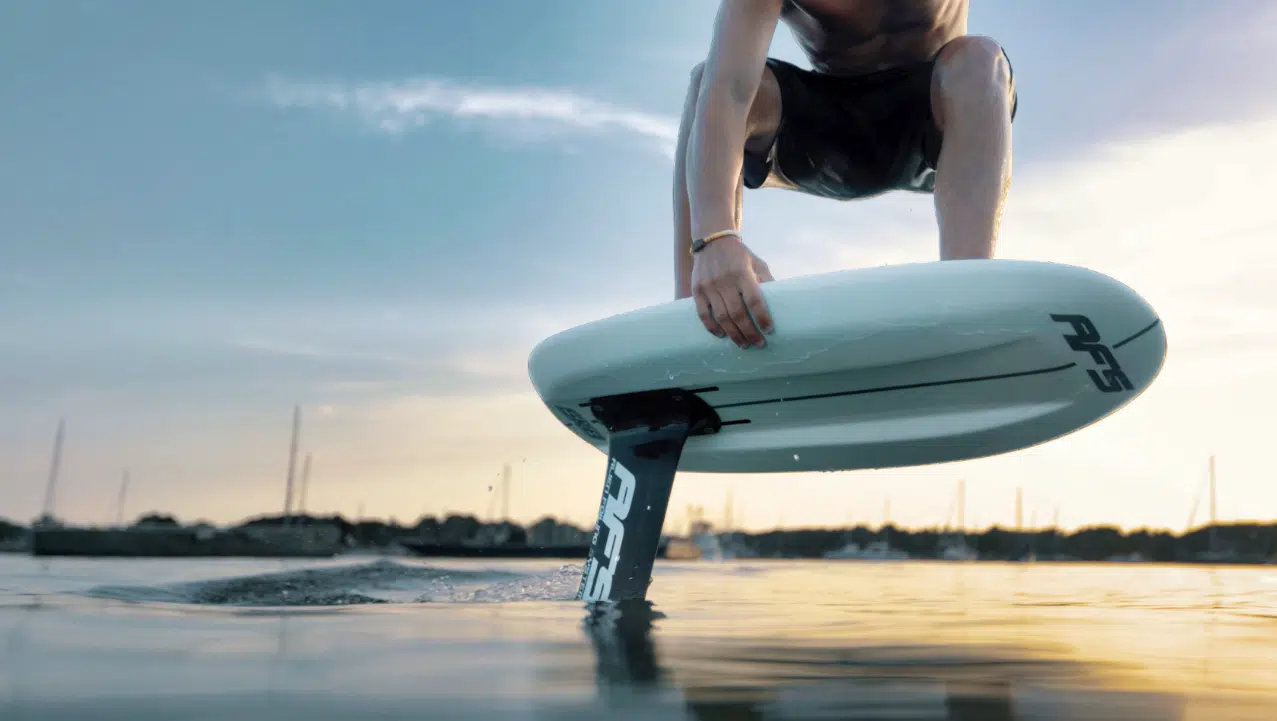
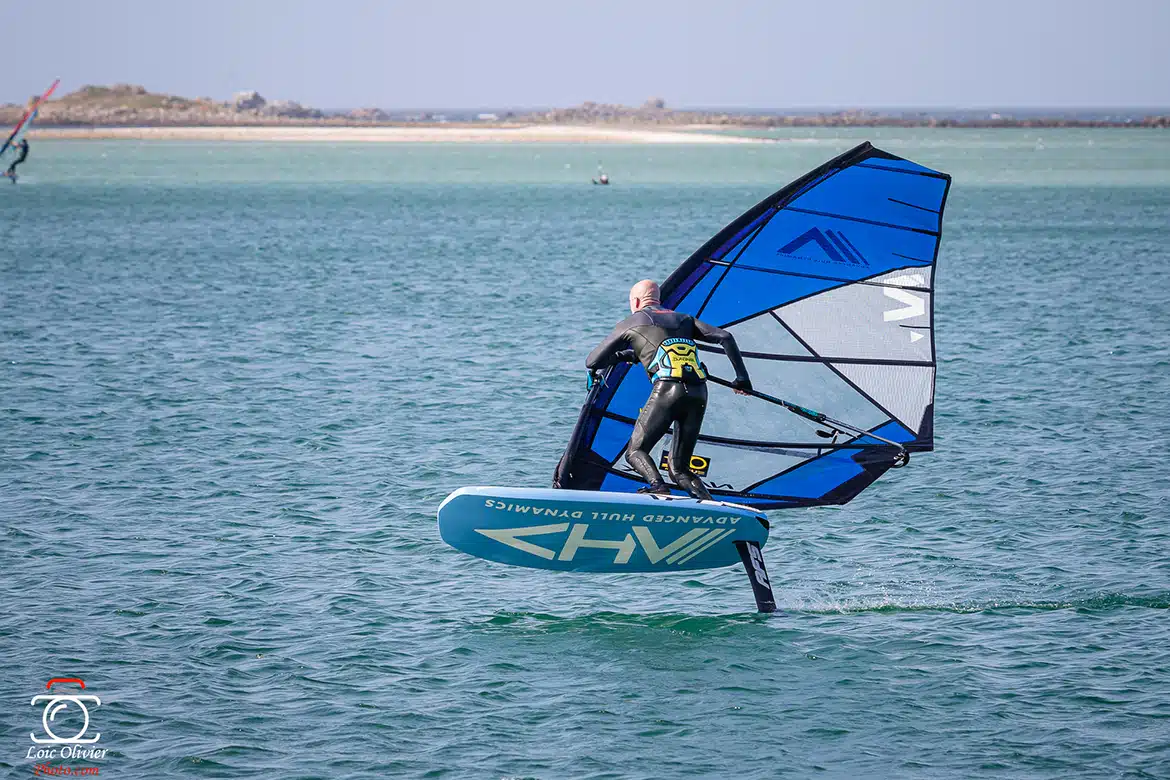
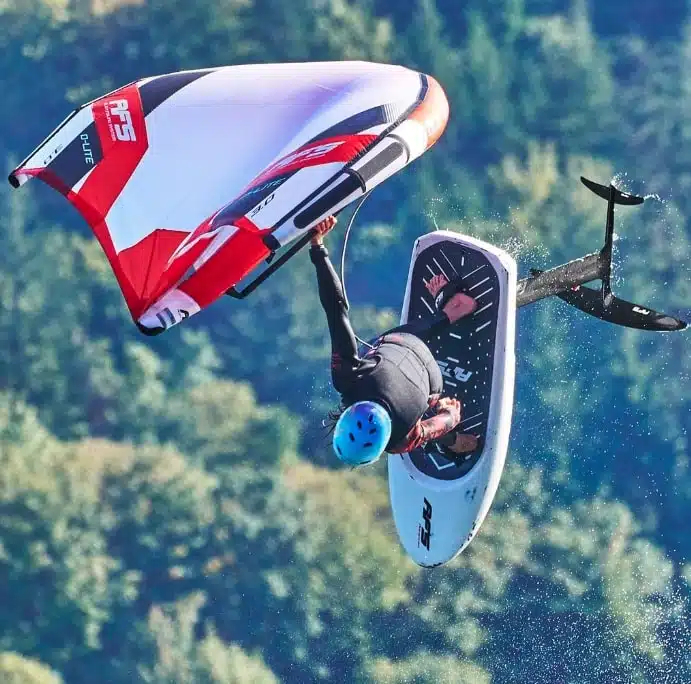
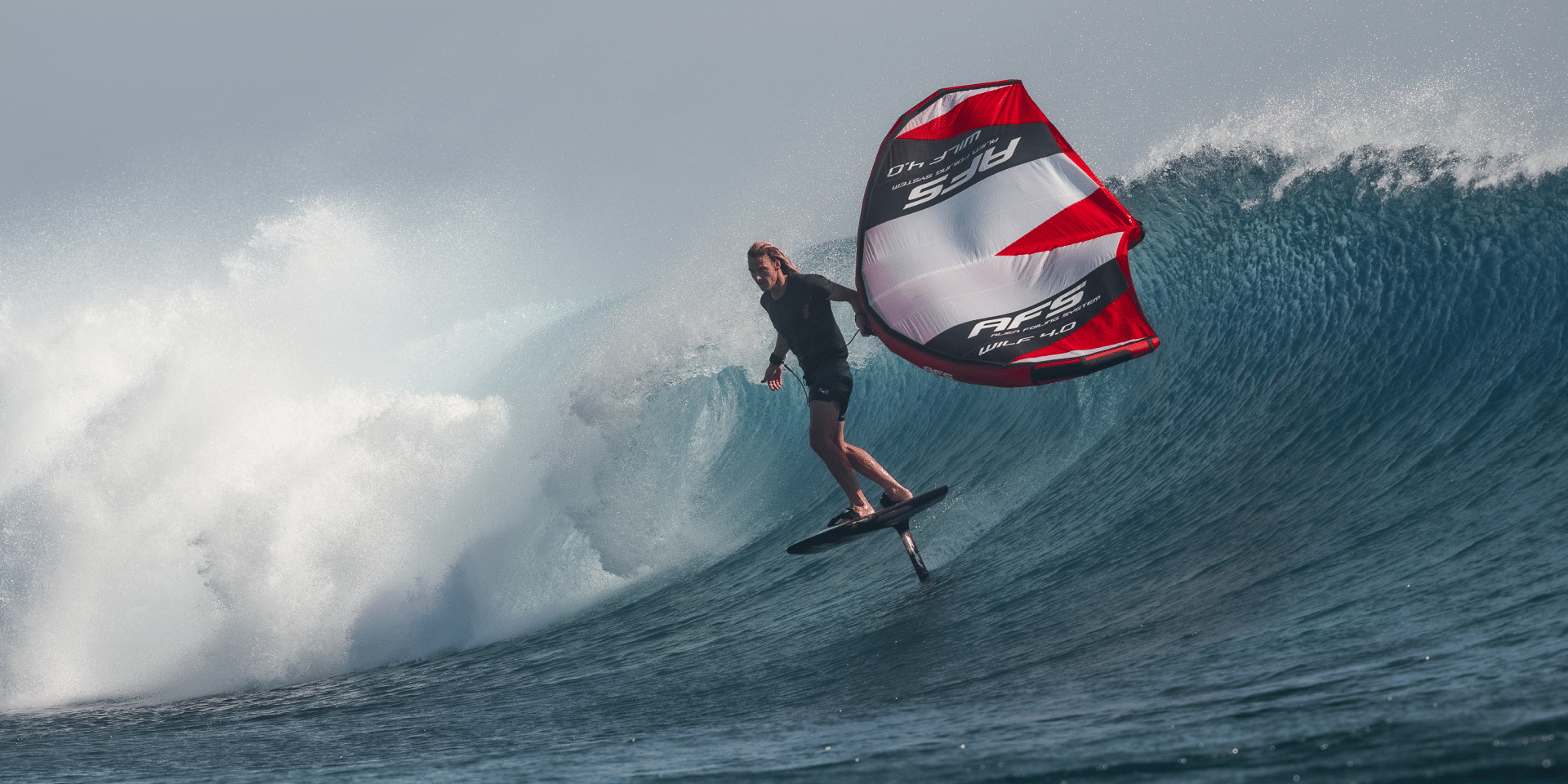
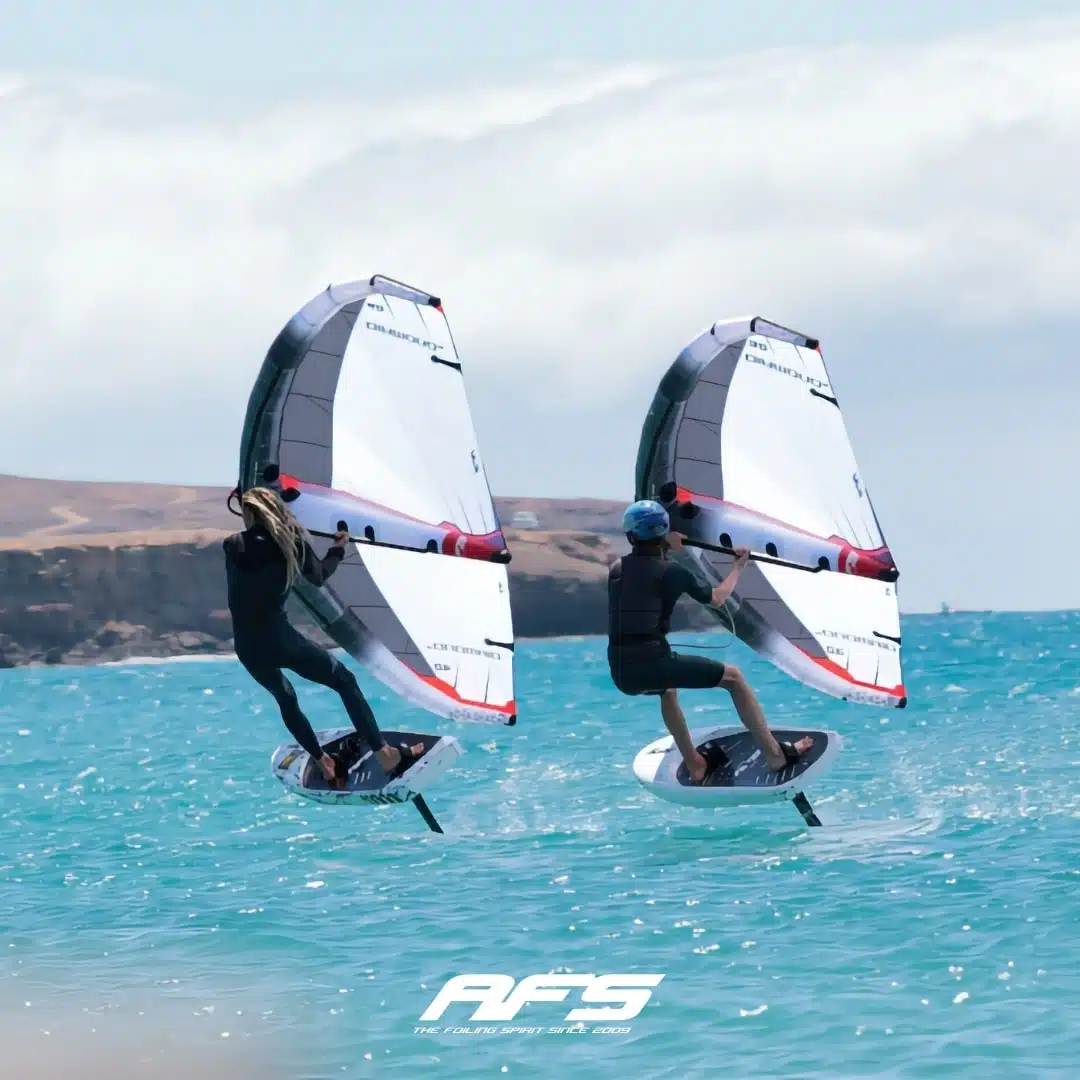
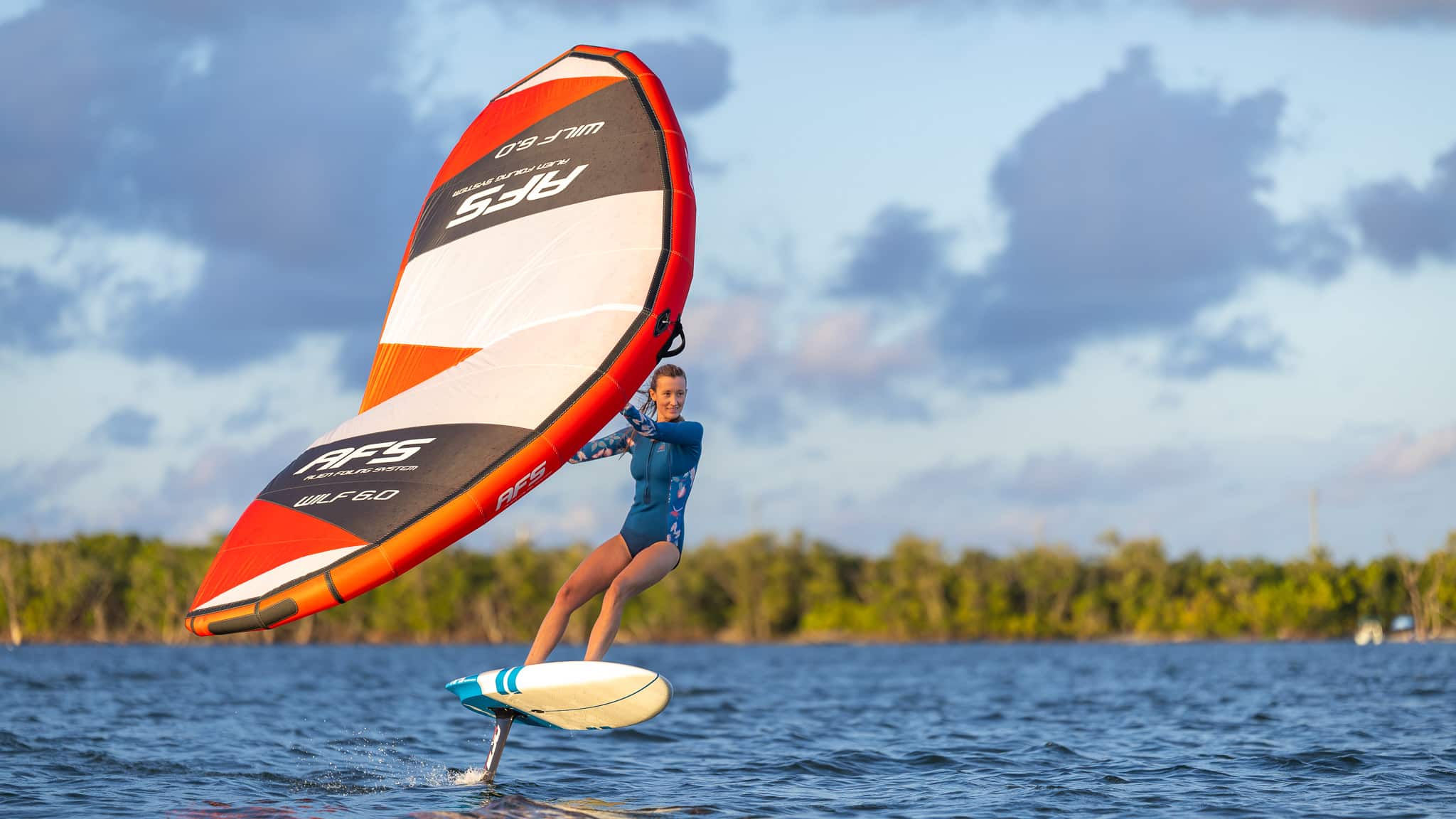

You will receive a product in excellent condition, with a few minor scratches from use.
Your product may have a few minor scratches or visual defects, but it's ready to take to the water again!
Despite deeper scratches or more pronounced visual defects, your product can take to the sea without hesitation: at this price, it's a shame to miss out!